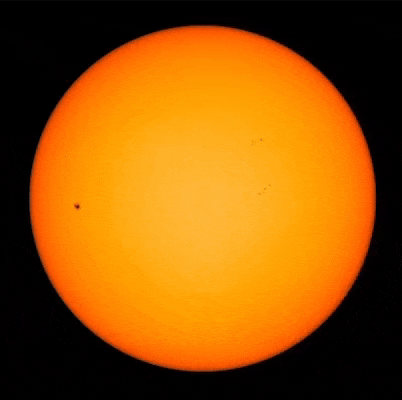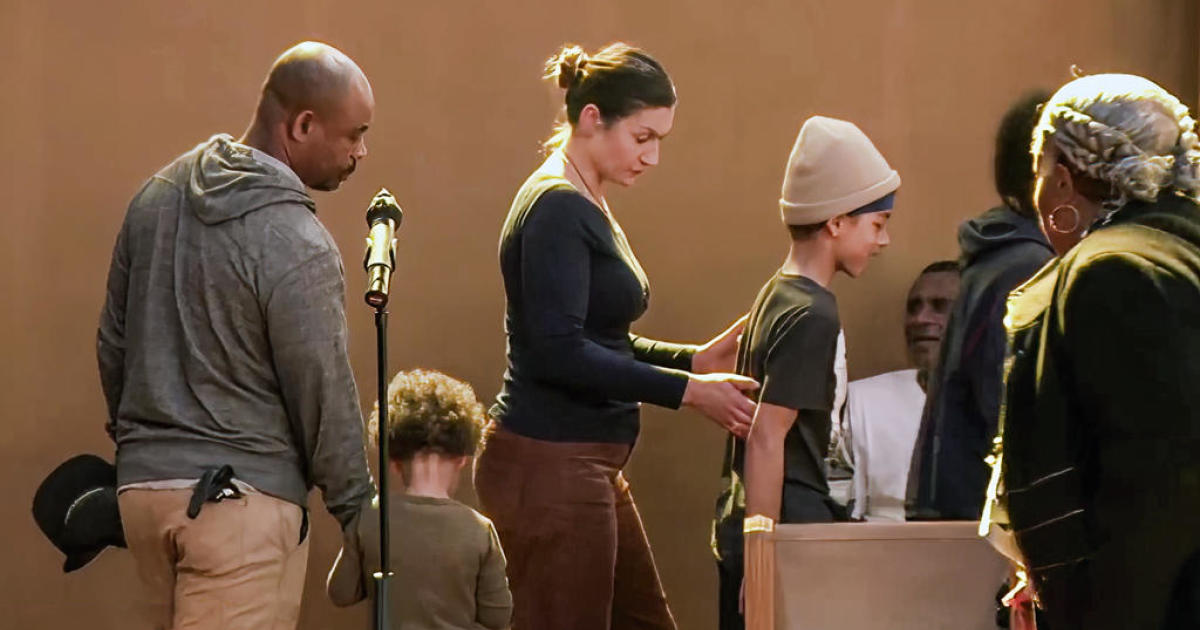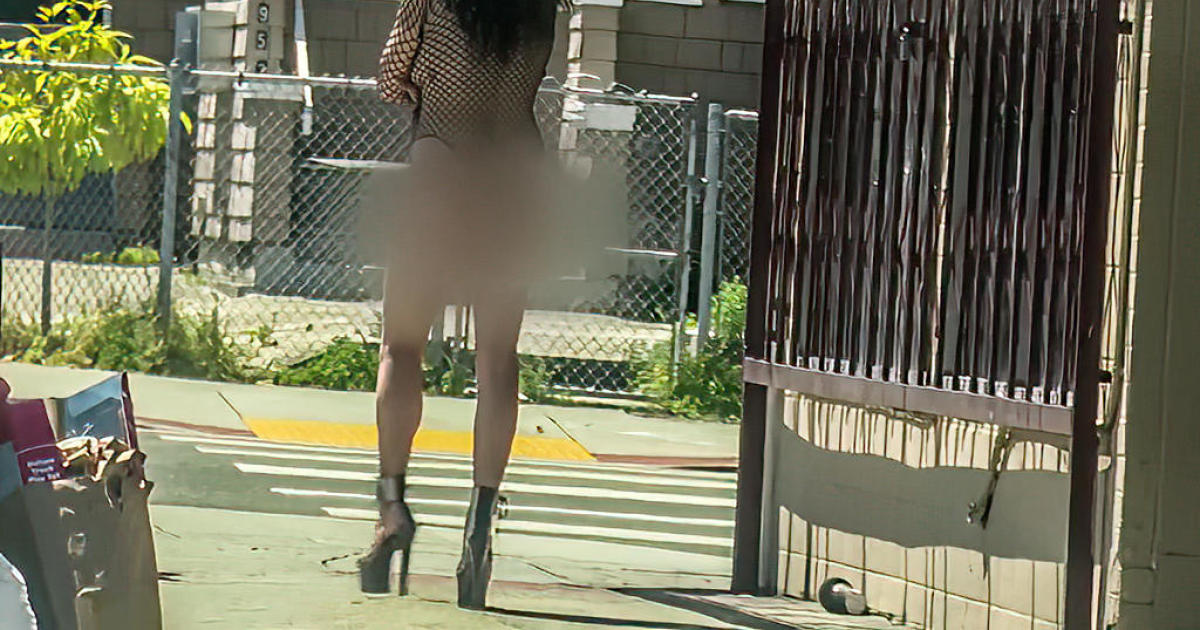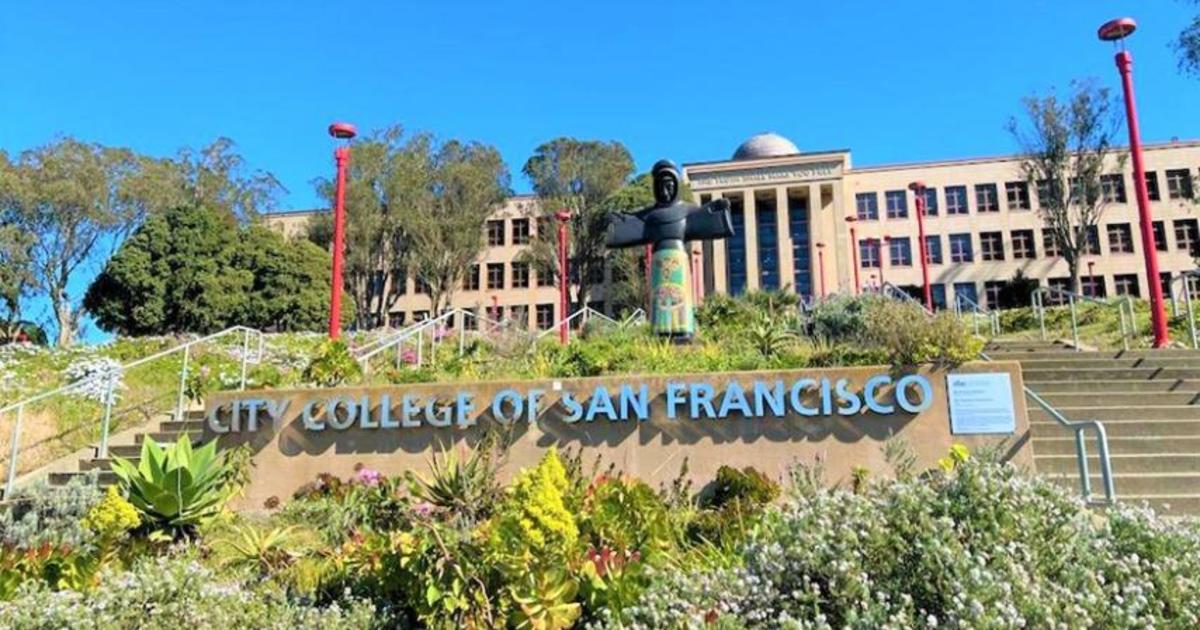2024 partial solar eclipse leaves Bay Area eclipse watchers starstruck
Bay Area residents got to see a partial solar eclipse with the help of clear skies Monday, even though the region was outside the path of totality.
Others in the country's midsection experienced a rare total solar eclipse. A 115-mile wide path of totality, when the sun's disc was completely covered by the moon, spanned across areas of Mexico, Canada and U.S. states from Texas to Maine.
At San Francisco's Exploratorium Monday, more than 1,000 people gathered to get special viewing glasses and watch the partial solar eclipse from the rooftops and plazas. Other viewing events were held Monday at the Chabot Science Center in Oakland and the Lawrence Hall of Science in Berkeley.
At Stanford University, hundreds gathered at the Oval to watch the sun, moon and earth align. Nine-year-old Zivah Kaul came with her brother and uncle to see the stunning show.
"I've never seen an eclipse before," said Kaul. "This is my first time in person. I think it's really cool, and I'm really excited. I think science is really interesting, how it works and how many interesting things and theories are about it and how many possibilities there are. It's super cool!"
It was also Reilly Wells' first time viewing a solar eclipse.
"I love it so much!" he exclaimed. ""It looks so cool how the moon is in the sun ... You do not see it on the outside, but you see it with these glasses. I see the moon halfway moved."
His mother Kelly Wells wanted to give him a science lesson he won't forget.
"I told him about it and he was like, 'Yeah I wanna see it! I want to learn about it!'" said Wells. "It's just a difference. You can read about it but it's different seeing it and seeing it in person and you never know what it might spark in a child and what they love to do."
"It's a blast! I've never seen an eclipse before," said Colin Marvin, a Stanford Ph.D. candidate in the Earth & Planetary Sciences Department. "I got my eclipse glasses. It's so exciting to see a couple hundred people here who are excited about science as well, and I hope people stay inspired and want to learn more about the planetary sciences and maybe come work for us someday."
How much of the sun was blocked in the Bay Area?
Between 31% and 35% of the sun was blocked by the moon's movement across the face of the sun, depending on where in the Bay Area one was observing. It appeared as if a bite had been taken out of the sun's lower half from right to left.
What time did the eclipse begin in the Bay Area?
The 2024 partial solar eclipse on April 8 began at approximately 10:15; times varied slightly depending on where you were in the Bay Area. Generally, it started sooner in the South Bay and later in the North Bay.
For example, for people in Gilroy, the eclipse began at 10:12 a.m. For those 160 miles north of Gilroy in Cloverdale, the eclipse started at 10:16 a.m.
In San Jose and San Francisco, it started at 10:13 a.m., in Oakland and San Rafael at 10:14 a.m., and in Santa Rosa at 10:15 a.m.
When was the peak time for the eclipse in the Bay Area?
For most of the greater Bay Area, the peak time of the partial eclipse was about one hour after it began at approximately 10:13 a.m. That's unlike those regions in the path of totality, during which the peak arrived about an hour and 15 minutes after the beginning of the eclipse with totality lasting about three to four minutes.
How long did the eclipse last in the Bay Area?
The partial eclipse lasted approximately two hours in the San Francisco Bay Area, with a slightly longer time for those in the South Bay. Repeating the above example, the eclipse lasted two hours and five minutes in Gilroy, and an hour and 59 minutes in Cloverdale.
ALSO READ: When is the next total solar eclipse in the U.S.? See the paths for the 2044 and 2045 events





